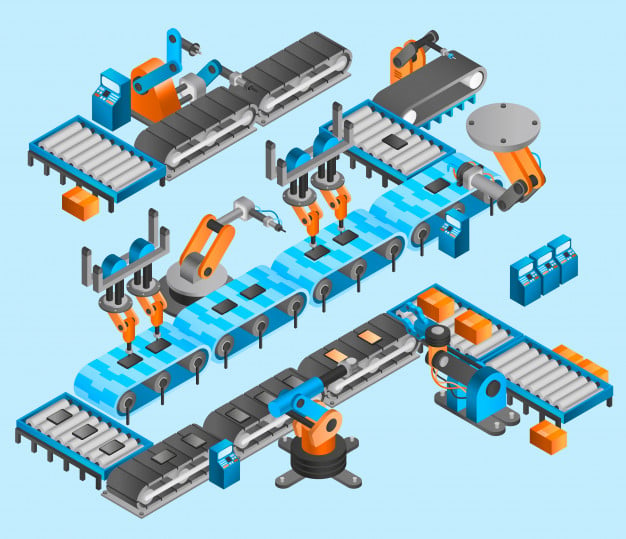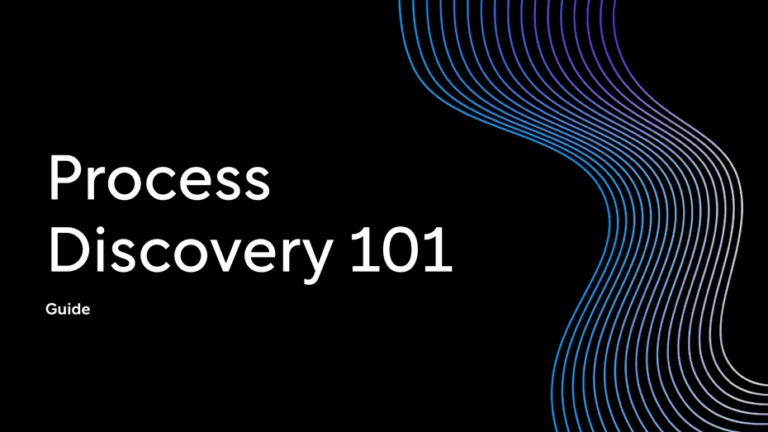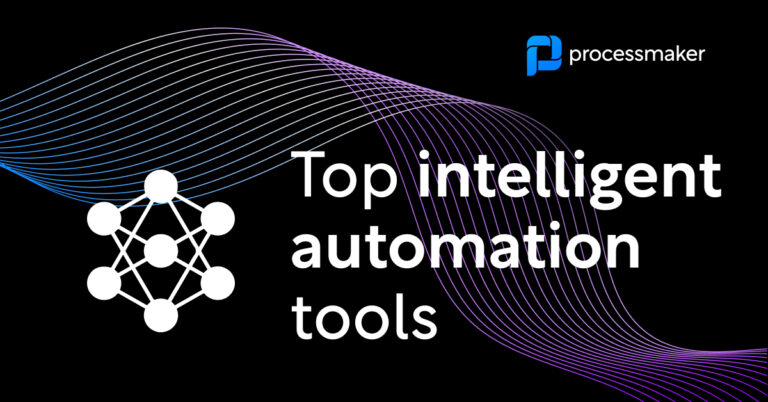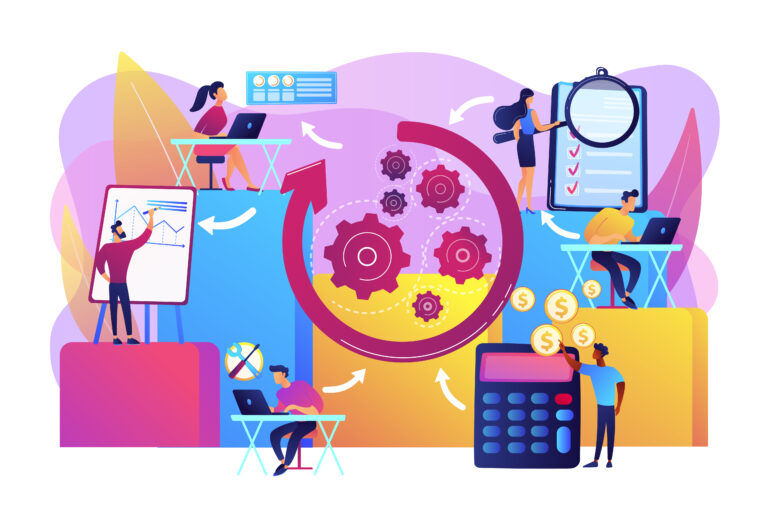What Is Hyperautomation?: Use Cases & Benefits
You’ve probably heard the words “hyperautomation” and “Hyper-Productivity” being used more frequently in the workflow automation market, but what do these words mean?
Gartner ranked “Hyperautomation” first on their 2020 list of important technology trends after coining it in October 2019. However, other industry terms also encompass the concept of hyperautomation. For instance, Forrester refers to it as “digital process automation,” while IDC and others use “intelligent process automation.” Pascal Bornet, the author of Intelligent Automation, makes the connection between intelligent automation and hyperautomation, stating “IA, also called hyperautomation, is a concept leveraging a new generation of software-based automation. It combines methods and technologies to execute business processes automatically on behalf of knowledge workers. This automation is achieved by mimicking the capabilities knowledge workers use in performing their work activities.”
Hyperautomation, a powerful set of digital technologies, will transform organizations in almost every industry, regardless of the term used. In this article, we will discuss hyperautomation, its digital technologies, and the benefits it provides.
What is hyperautomation?
Hyperautomation is using AI, ML, and RPA to automate tasks previously done by humans. Hyperautomation includes automating tasks and processes and achieving a high level of automation. Many people often refer to it as the next major phase of digital transformation.
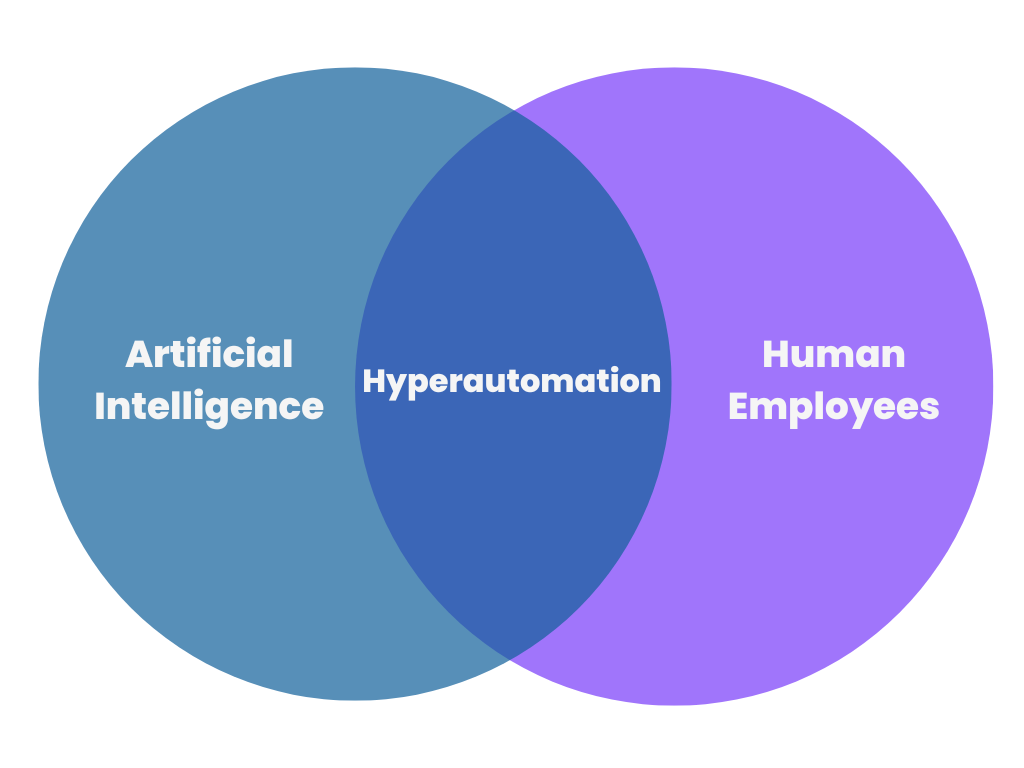
Note that hyperautomation does not intend to entirely replace humans. Automation frees humans from repetitive tasks, allowing them to focus on higher-value tasks that are important to the organization. Together, automation and human involvement help organizations provide superior customer experiences while reducing operational costs and boosting profitability.
By using a combination of automation technologies, hyperautomation can overcome some of the limitations of relying on a single automation tool. This allows organizations to move beyond the confines of individual processes and automate nearly any tedious and scalable task.
Key takeaways:
- Automation requires careful planning and implementation.
- It’s necessary that organizations understand how digital technologies will fit into their new and existing workflows.
- There can be major consequences to introducing automation without considering the role that it will play.
The key components of hyperautomation software
There are several automation technologies that comprise hyperautomation. These include:
- Robotic process automation (RPA)
- Business process management (BPM)
- Artificial intelligence (AI) and/or Machine learning (ML)
- Advanced analytics
Robotic process automation (RPA)
The first wave of automation technologies largely relied on robotic process automation (RPA). RPA involves the use of bots to mimic repetitive human tasks. These processes are rule-based and utilize structured data to complete actions.
Unlike artificial intelligence which seeks to simulate the human intellect, RPA focuses solely on human actions. With hyperautomation, digital workers operate alongside humans to deliver unmatched efficiency.
RPA leverages technology like software bots to replicate repetitive human tasks. RPA typically works for tasks that are rule-based, have defined inputs and outputs, are repeatable, and occur often.
One limitation of RPA is its need for structured data to complete tasks. RPA doesn’t have the ability to understand context or learn. It can’t access and make sense of unstructured data sources like images.
Intelligent document processing (IDP)
On the other hand, intelligent document processing (IDP) empowers organizations to take on more complex tasks. IDP is great at organizing unstructured documents like receipts, notes, PDFs, word files, and images, unlike RPA. Because of its advanced capabilities, IDP is a more flexible option for your organization.
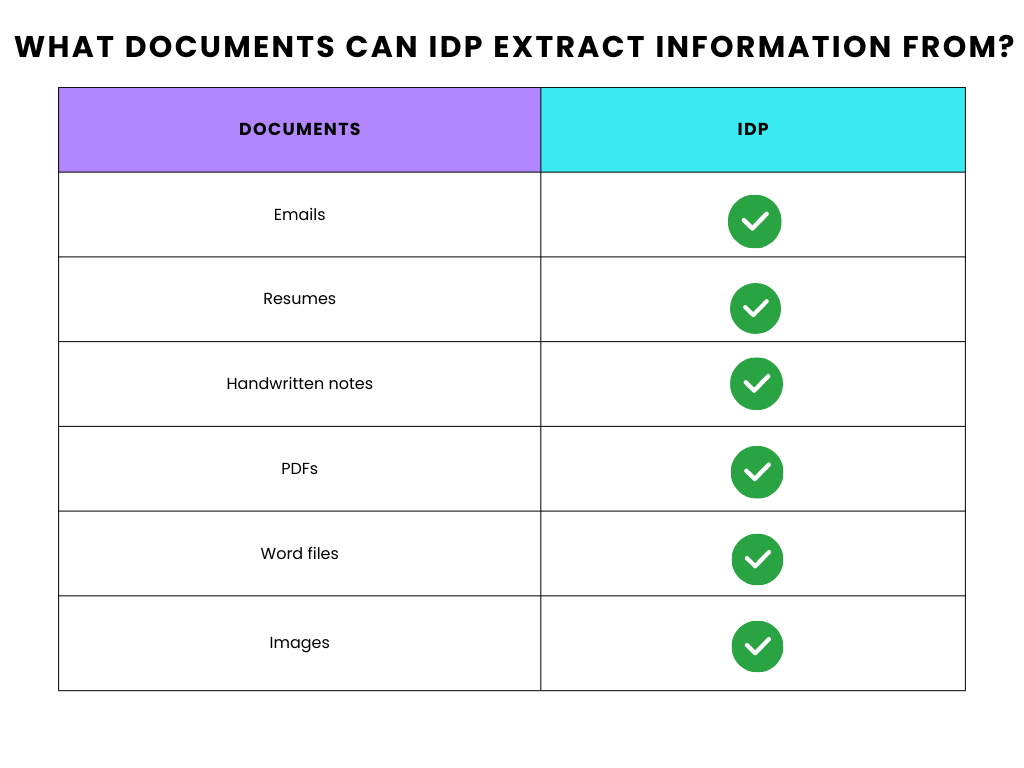
Business process management software (BPMs)
Business process automation (BPM) is one of the most important components of hyperautomation. In many ways, it’s the foundation on which any successful automation strategy is built, monitored, and improved. Introducing different digital tools into business processes, especially for those organizations new to automation, can be challenging.
Organizations must create new workflows and test them before deploying them to avoid breakdowns. These hiccups can have disastrous consequences for their businesses.
Artificial intelligence and/or machine learning
Artificial intelligence (AI) is a method of making computers operate in ways that simulate human intelligence. Organizations use AI to carry out specific tasks without being explicitly programmed to do so. AI includes virtual assistants like Siri and Alexa, as well as marketing tech that suggests products based on past behavior. In 2023, about 36% of people use Apple’s Siri, and 25% use Amazon Alexa.
Machine learning (ML) is a branch of AI that uses computer algorithms to allow systems to automatically improve over time. Organizations use both supervised and unsupervised algorithms to identify patterns in data. Supervised algorithms create inputs and outputs before making predictions on their own. Unsupervised algorithms observe structured data and develop insights from pattern recognition.
AI increases efficiency, improves productivity, and eliminates time-consuming tasks.
AI and ML are powerful automation tools. Yet implementing them can require a significant investment of resources and careful planning to ensure integration with other technologies and processes. For these reasons, achieving hyperautomation requires the strategic deployment of AI and ML.
Text-to-process
One way organizations can leverage AI for hyperautomation is through text-to-process features, or AI Process Generators, Modelers, etc. At ProcessMaker, we unveiled our text-to-process feature in the summer of 2023. This game-changing functionality enables users to design processes within seconds without needing any technical experience. Natural language processing (NLP) designs and simplifies these complex processes, improving customer experience, user experience, and customer journeys.
This kind of technology streamlines projects at unprecedented speed, transforming simple productivity into Hyper-Productivity.
Advanced analytics
Hyperautomation offers organizations powerful analytical tools and capabilities, thus overcoming the data limitations of relying on a single automation tool like RPA. While RPA is limited to structured data, hyperautomation technologies can handle both structured and unstructured data. This helps organizations access and analyze data that has traditionally been inaccessible to gain important organizational-level insights.
Hyperautomation can also convert unstructured data into structured data for use with RPA technologies. This relationship is an illustration of how various digital tools work together seamlessly to offer unmatched efficiency.
Benefits of hyperautomation
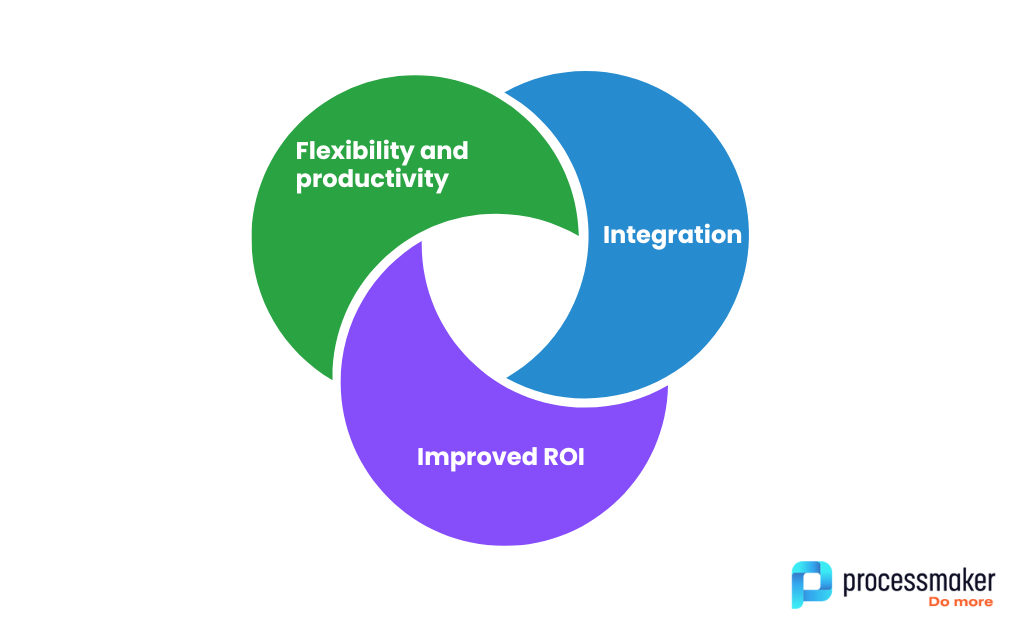
Hyperautomation offers many benefits and potentially unlimited upside. Some major benefits of hyperautomation include:
- Flexibility. Since hyperautomation relies on a multitude of automation technologies, organizations can move past the limited benefits of a single digital technology. This helps organizations to achieve scale and flexibility in operations.
- Improved employee productivity. By automating tasks, employees can work with fewer resources and have more important roles in organizations.
- Integration. With hyperautomation, organizations can integrate digital technologies across their processes and legacy systems. Stakeholders have better access to data and can communicate seamlessly throughout the organization.
- Improved ROI. Hyperautomation boosts revenue and reduces costs. With powerful analytical tools and capabilities, organizations can optimize the deployment of their resources.
Overall, hyperautomation simplifies your job by reducing manual effort, minimizing errors, improving consistency, providing better task management, and accommodating growth and change. By embracing hyperautomation, you can focus on higher-value activities, enhance productivity, and achieve better outcomes in your work. Chat with us to learn more about BPA and which software is right for you.
